Did You Know?
- An annual average of 4,566 home structure fires were caused by natural gas ignition from 2018 to 2022 (NFPA)
- Over 189 million Americans and 5.6 million businesses use natural gas for heating, cooking, and water heating (Widespread Use of Natural Gas Alarms)
- From 2005 to 2024, there were 482 serious gas incidents causing 177 fatalities and 801 injuries (PHMSA)
Equip Your Home with the Best in Natural Gas Safety

10-Year 100% Battery-Powered NG + CO Alarm
Double Your Protection with the First-Ever 10-Year Battery Powered 2-in-1 Carbon Monoxide and Natural Gas Detector.
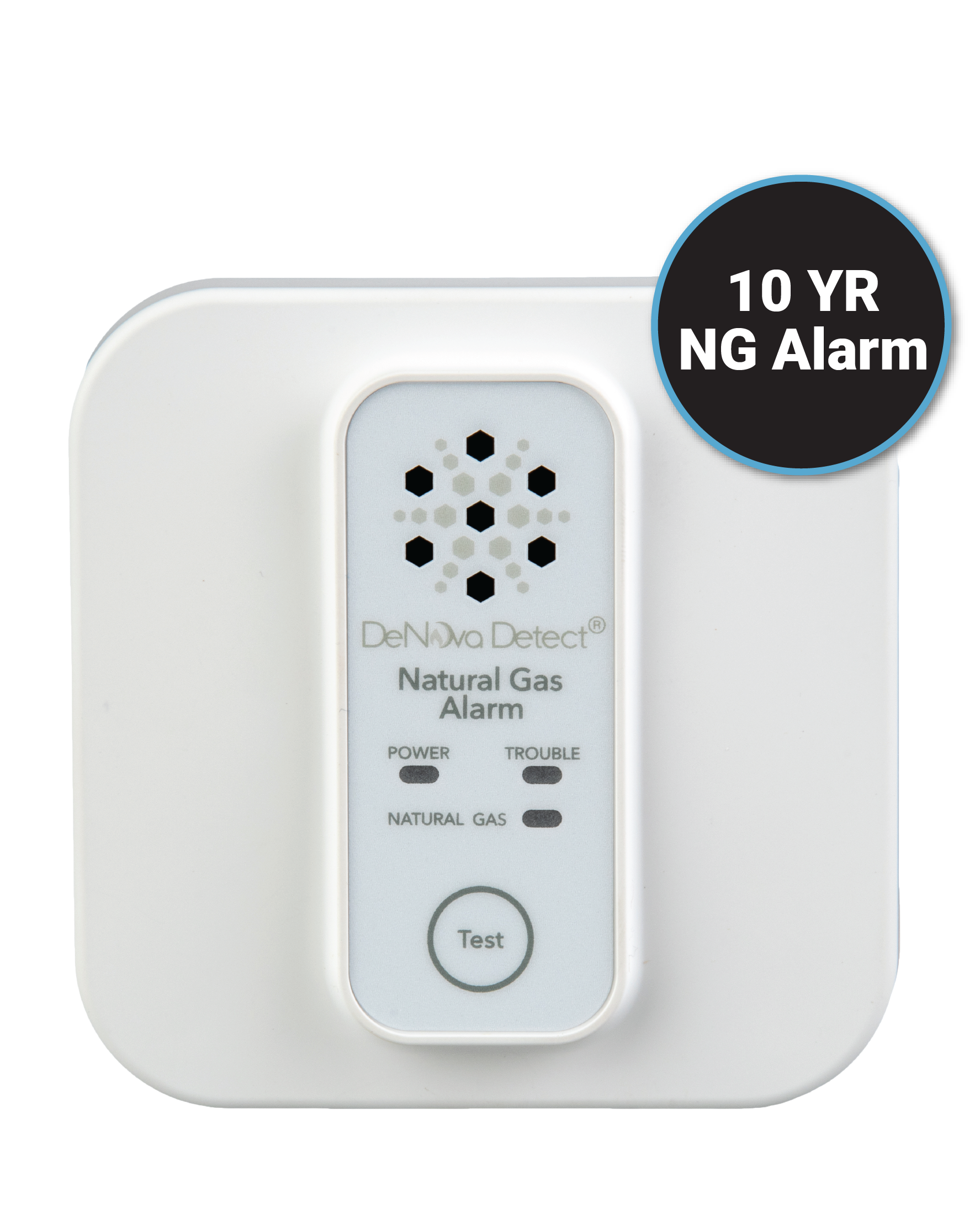
10-Year Battery-Powered Natural Gas Alarm
This Superior Natural Gas Detector Offers the Longest Battery Life Possible for Maximum Safety.

6-Year Battery-Powered Natural Gas Alarm
Revolutionary Sensing Technology Enables Superior Features and Performance.
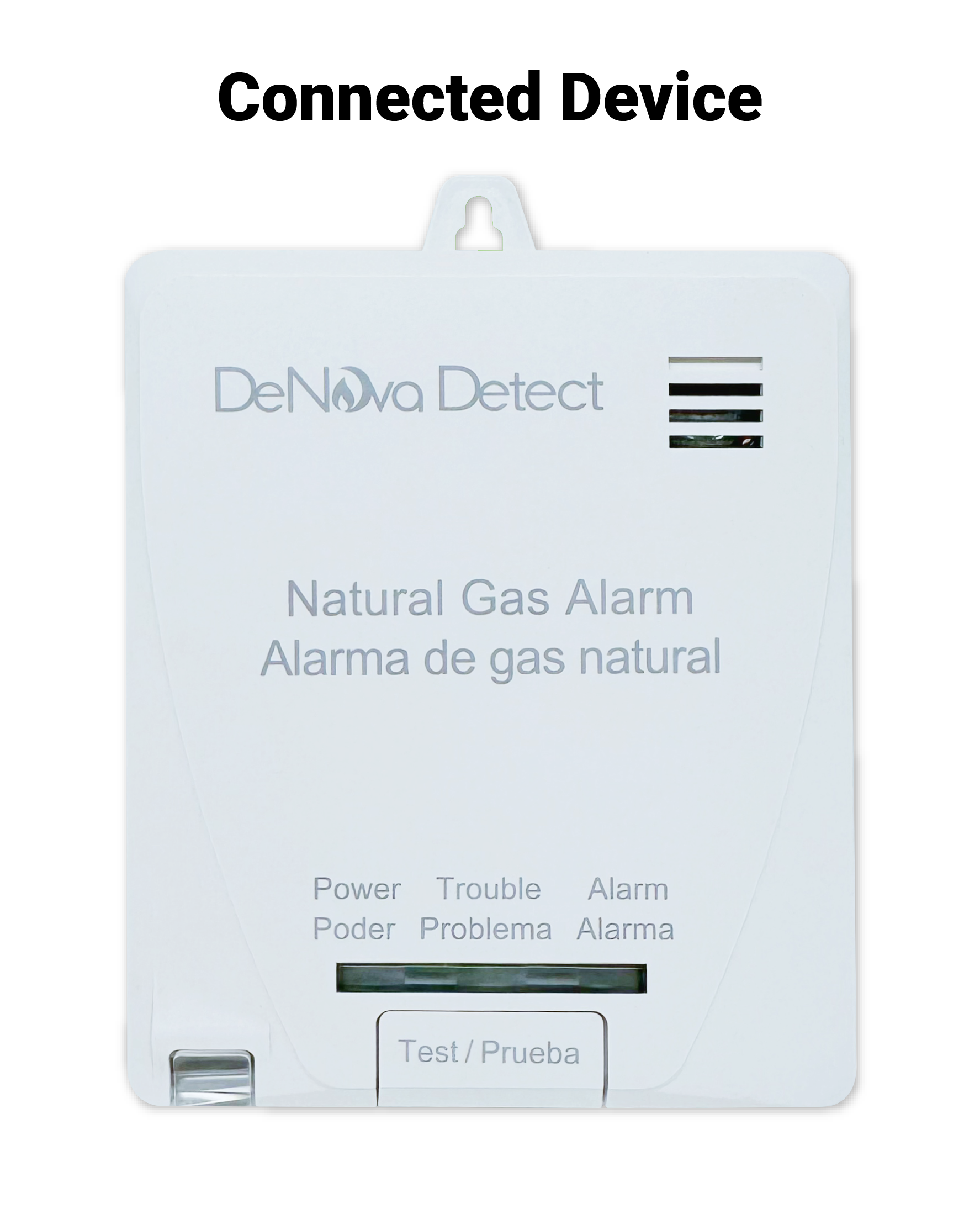
6-Year Battery-Powered Natural Gas Alarm
This Battery-Powered Natural Gas Alarm is Compatible with LoRaWAN Network.
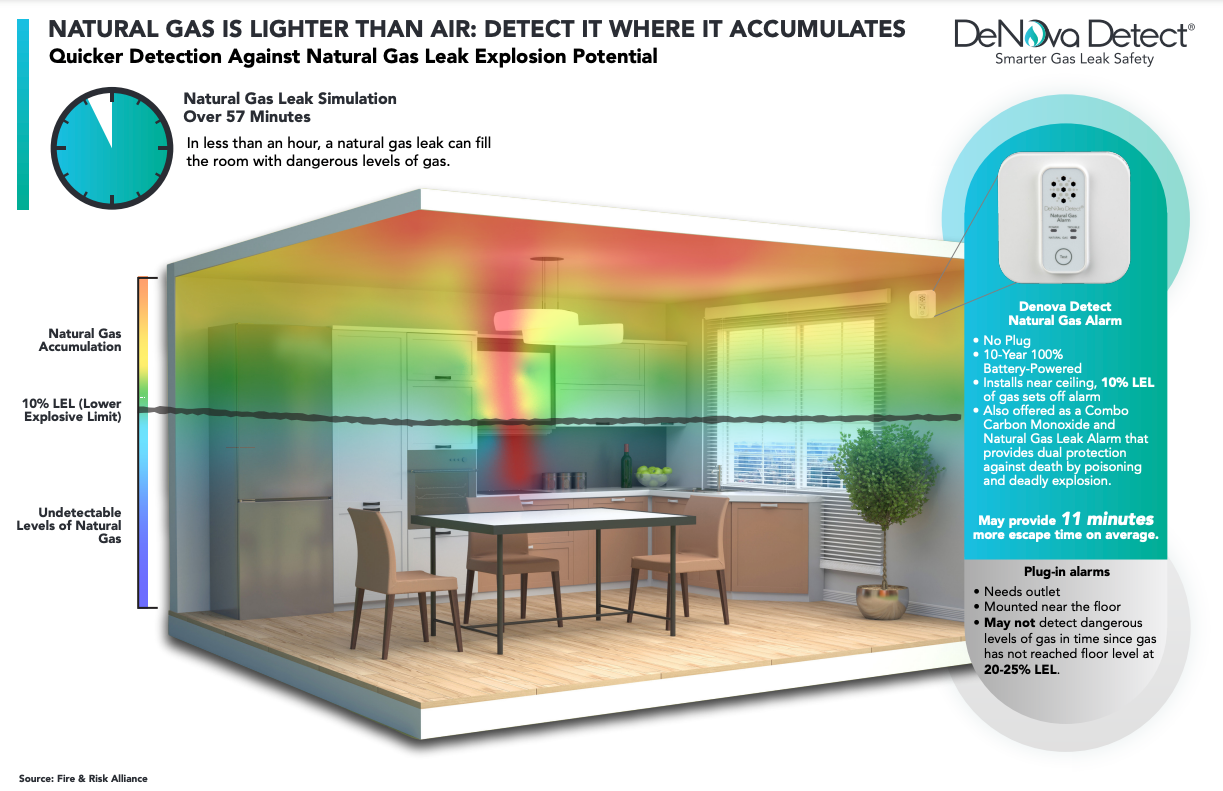
Plug-in alarms are often not in the optimal placement since they require outlets, which are located near the floor. Natural Gas rises to the ceiling first, which can pose a risk to safety. There's a false sense of protection and added hidden costs (added electricity draw, alarm unit & battery replacements for 10 years).
NFPA715 recommends gas alarms should be mounted no more than 12” from the ceiling. DeNova Detect alarms offer optimal placement near ceiling. No added costs. Hassle free for 10 years!
Plug-in alarms are often not in the optimal placement since they require outlets, which are located near the floor. Natural Gas rises to the ceiling first, which can pose a risk to safety. There's a false sense of protection and added hidden costs (added electricity draw, alarm unit & battery replacements for 10 years).
NFPA715 recommends gas alarms should be mounted no more than 12” from the ceiling. DeNova Detect alarms offer optimal placement near ceiling. No added costs. Hassle free for 10 years!
Get Your DeNova Detect Natural Gas Alarm Today
View AlarmsDecide Which Natural Gas Alarm Fits Your Needs
Click Below On Step by Step Guide
Get Your DeNova Detect Natural Gas Alarm Today
View AlarmsDecide Which Natural Gas Alarm Fits Your Needs
Click Below On Step by Step Guide
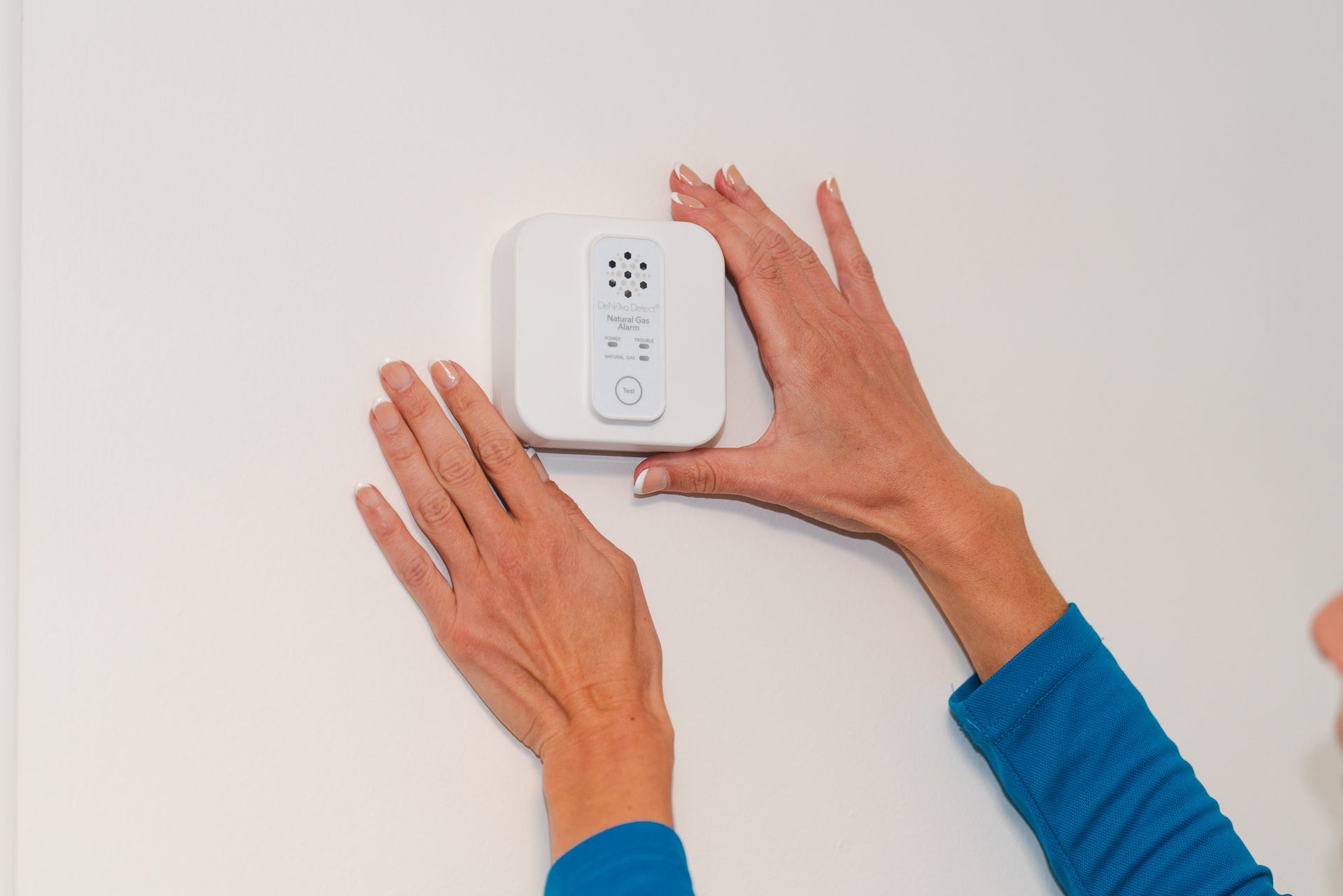
Where to Install Your Natural Gas Alarm
Proper Placement is Key to Providing Superior Protection
- Mount alarm within 12 inches from the ceiling
- Mount alarm 5 to 10 feet horizontally from cooking appliances
- Mount alarm 3 to 10 feet horizontally from other gas appliances
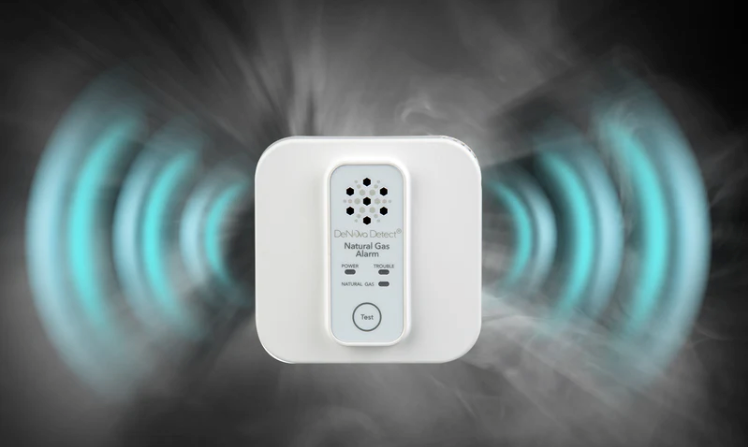
Real-Life Stories: How Natural Gas Detectors Saved Lives
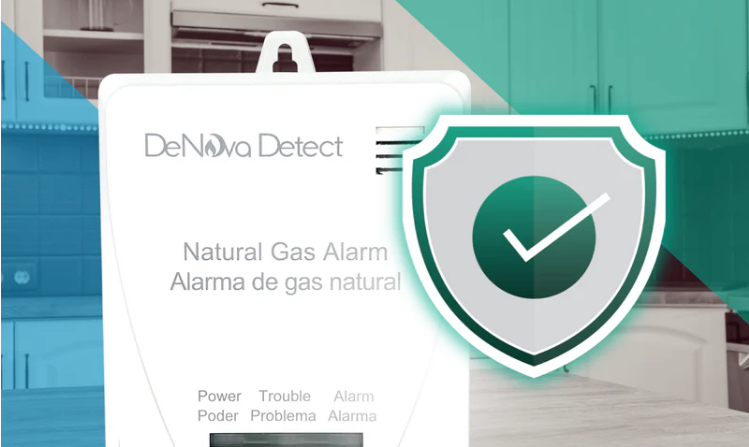
New Cosmos USA (DeNova Detect): The Credible Natural Gas Alarm Provider

Enhancing Public Safety with Natural Gas Alarms

How to Choose the Best Natural Gas Alarm

Safety Tips for Natural Gas Leaks



